Quantic Dreams‘ vision of the future may feature androids as modern compliances, but pay special attention to the ‘human’ part of the title. Because it becomes particularly poignant even in the game’s opening minutes, as you perform everything from running errands for an emotionally broken father, to diffusing tense hostage situations. And that’s just in its first few scenes.
So, here’s a spoiler-lite taste of what I experienced in my short, but memorable stay in Detroit: Become Human, which left me craving much more…
1. It sets the meta-stage early
From the very start, the game wants you to feel a sense of questioning discomfort, breaking the fourth wall via the fictional world’s first android, Chloe.
Chloe guides you through your first choices in the game’s main menu, with the difficulty options of Experienced (where you gain full access to the controls, and there are more chances for the three main characters to perish) or Casual (simplified controls, fewer chances of characters to die).
Friendly and direct, Chloe’s presence is deliberately both comforting and unnerving, a clever way to introduce you to the potential of a near lifelike AI future in reality, through a high definition, exceptionally realistic video game replication.
2. You’re immediately dealing with high stakes…
Detroit: Become Human’s very first gameplay scene isn’t the gentle, slice of life introduction that you got in Heavy Rain. Controlling one of the three main characters, Connor, your first job is to investigate a live homicide scene.
If you don’t gather enough clues and work out the nuances of the scenario in time, you’ll find yourself having to improvise and second guess your way through a deadly hostage situation where not only the captive’s life is in danger, but Connor’s too. And in the many different outcomes of the scene, Connor can die.
3. …and your choices ripple through the game quickly
If you’ve made some poor decisions that gets Connor terminated in the game’s first scene, the actions of what happened in that incident can help change the tale for the remaining playable characters, in subtle ways.
In this particular case, how the public feels about androids can be affected by the events from the hostage situation, and similarly future scenes in the game can also have both direct and indirect consequences to the growing discontent between humans and their mechanical helpers.
At the end of each scene, Detroit shows you a flowchart of the route you took in that chapter, along with the branches that were also available to you had you made different decisions or acted quicker. Don’t worry – you aren’t told what these other choices could be or what they lead to, just that they exist, so there’s plenty of incentive to replay it.
4. It wants to show you its story, much more than tell it
“Show, don’t tell” is a good – but not always essential – tenet of great storytelling, and Detroit is happy to demonstrate why it’s so effective.
Your first introduction to the game’s second playable character, Kara, is a short sequence inside an android retailer where you can’t talk, walk or interact. You can only move your head to look at other androids, watch as consumers come into the shop to gawk at you and determine your worth, and listen to floor staff detail your functions and warranty.
It’s a subtle and powerful experience capably conveying the horror of not owning your own body, this helpless captivity made worse when Kara’s owner comes to collect her, showing little regard for how she got broken in the first place – but the implications are very clear.
5. You’ll see the many sides to the city
The world of Quantic Dreams’ game is incredibly detailed, but the tragic story of its class divide is shown through an excellent credits sequence where you see Detroit through Kara’s eyes.
At first you’re taken into a wonderful high tech version of the real city, with monuments such as the Spirit of Detroit and The Fist recreated in-game, but soon this is overtaken with imagery of poverty and discontent.
Assuming control of the third playable character, Markus, you come across a passionate street preacher and protest group expressing their anger at the android industry, something which trickles into how others can react to your presence: linger near a hot dog vendor’s stand and he’ll tell Markus he’s scaring customers away.
6. The controls will make you feel at home
While you’re guiding each of the characters around their environment with the typical use of the Dualshock 4 controller’s left analogue stick, inventive use of the touch pad lets you perform more contextual gestures, such as swiping to paint on a canvas or mop floors.
Motion controls are also brought into play for some actions like opening windows, while more complex movements demand you to use combination button presses and holds, much like in Heavy Rain and Beyond: Two Souls.
7. Interaction is even more important than ever
Even though Markus has the most freedom of the three characters, there are plenty of details for each of them to explore during the early parts of the game. Being curious can actually open up important dialogue tree options and actions (such as using a weapon that you found earlier), while other discoveries can subtly reveal story elements that makes character motivations clearer.
Shrewd world building also comes in the shape of journals and online articles that you can read via tablets, which are stored in the Extras menu of the game so you can read them at your leisure.
There’s so much more to discover in Detroit: Become Human, which is going to make the wait for its 25th May launch even more difficult. But just use that time to steady your soul for some of the gut wrenching moments that await – depending on some of your choices, of course…
The post 7 things you’ll notice in your first 30 minutes of Detroit: Become Human appeared first on PlayStation.Blog.Europe.
from PlayStation.Blog.Europe https://ift.tt/2FbMqlA
via
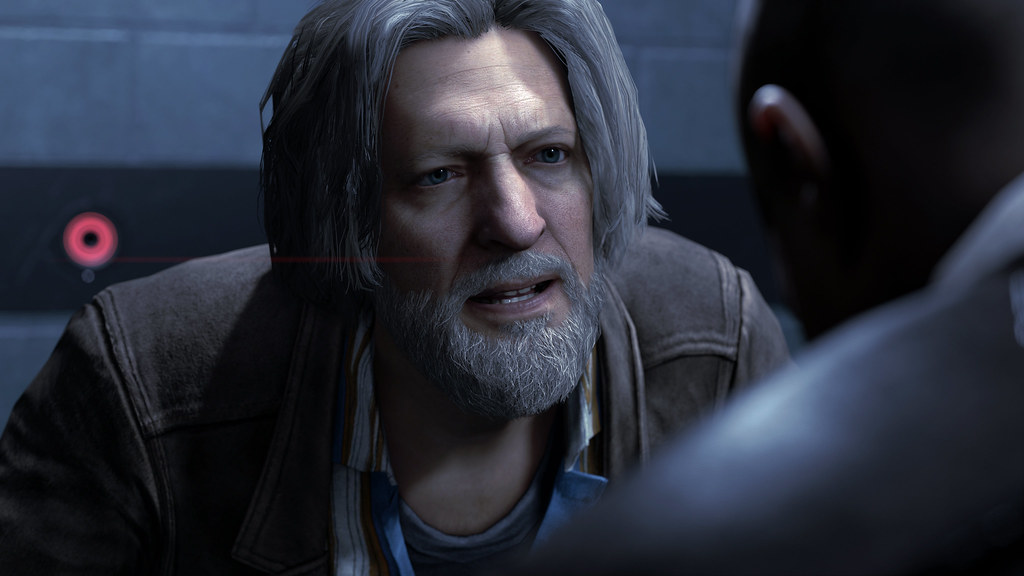
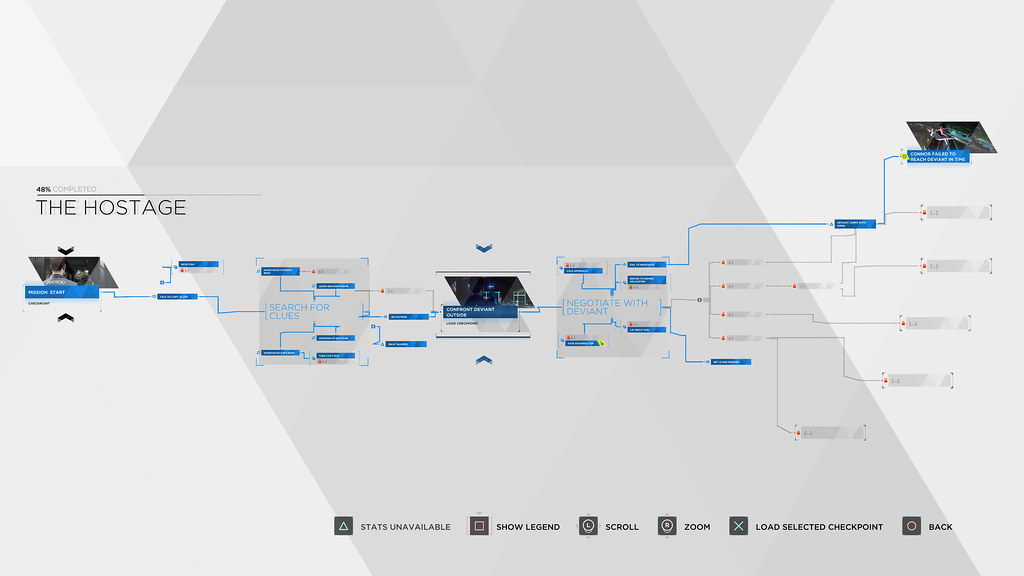
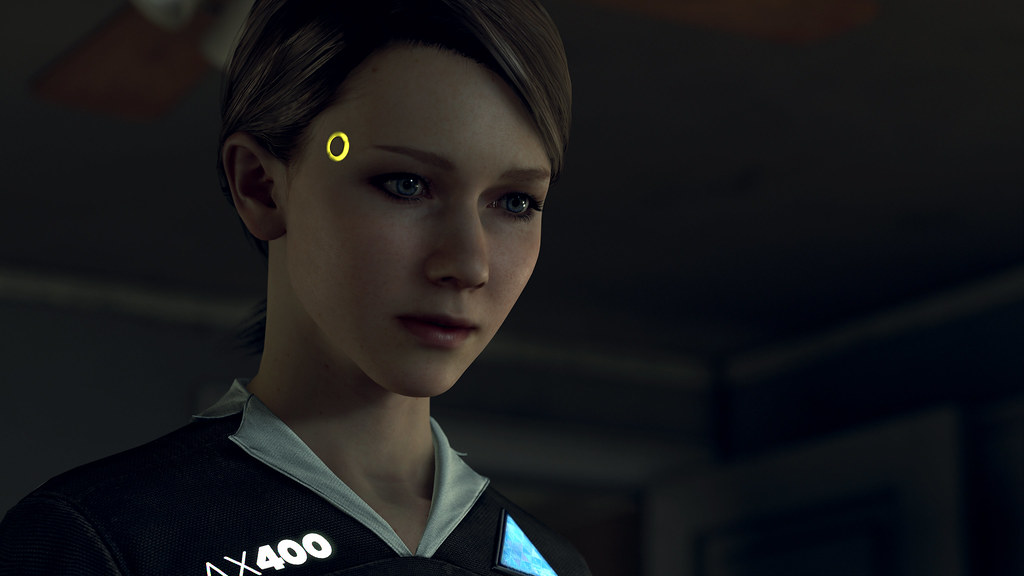
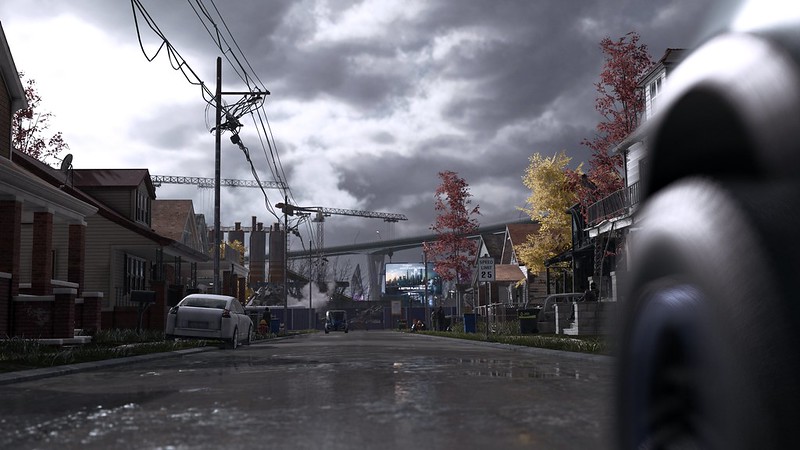
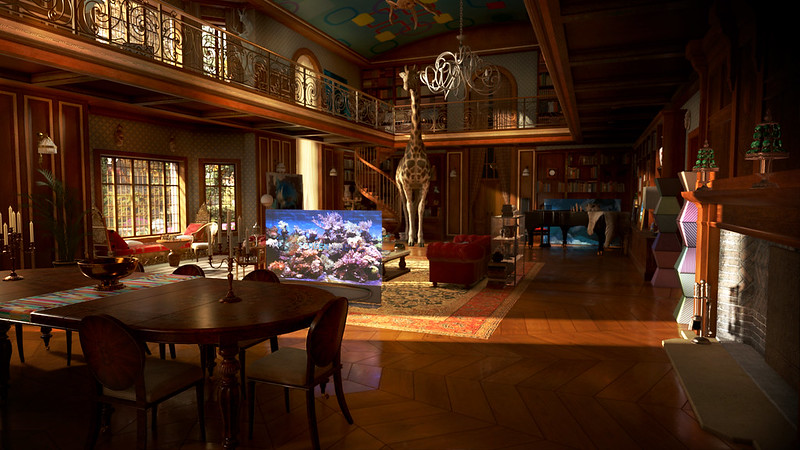
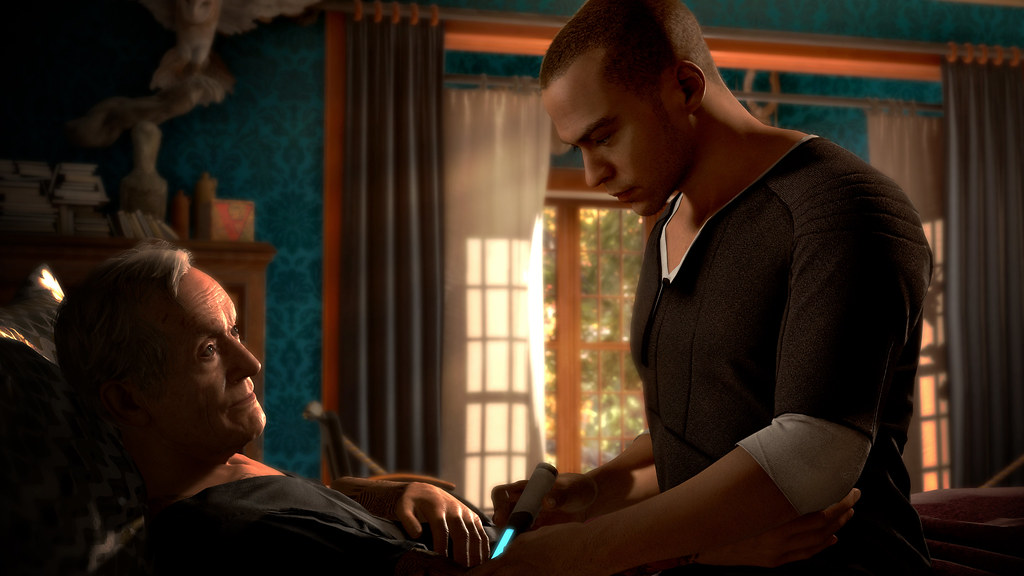
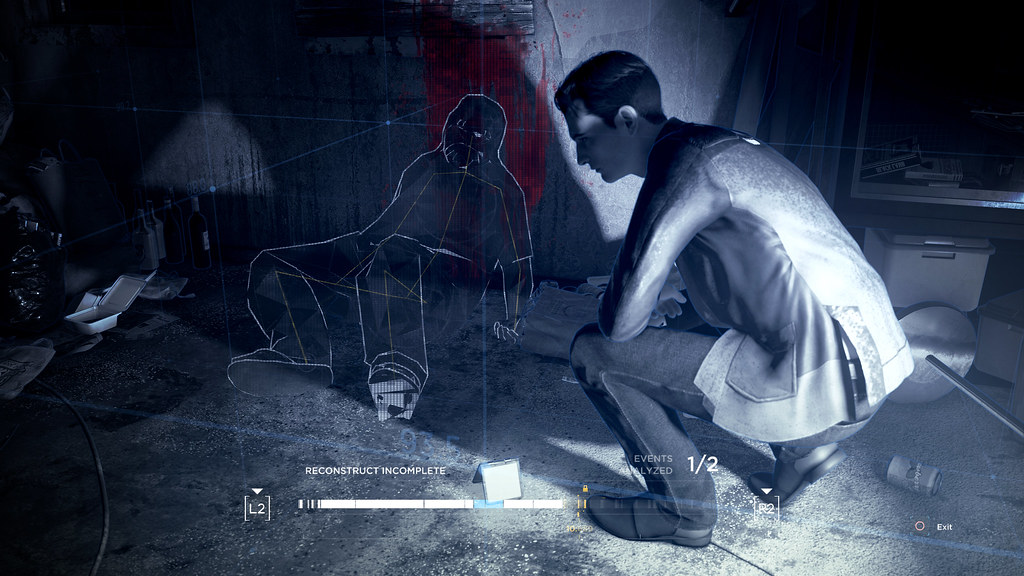






0 commentaires:
Enregistrer un commentaire